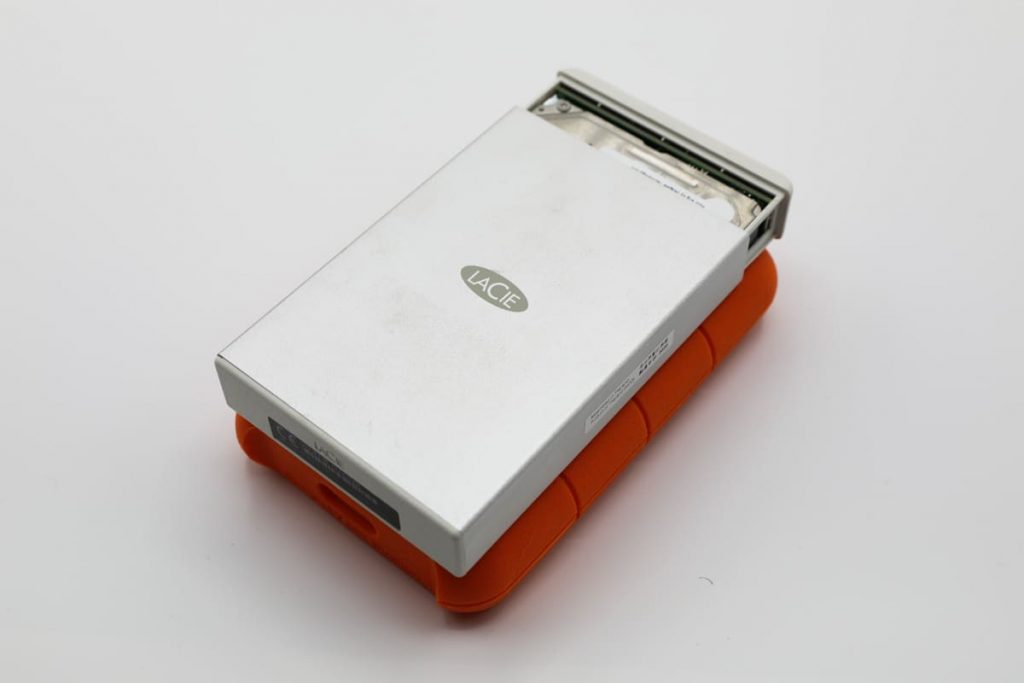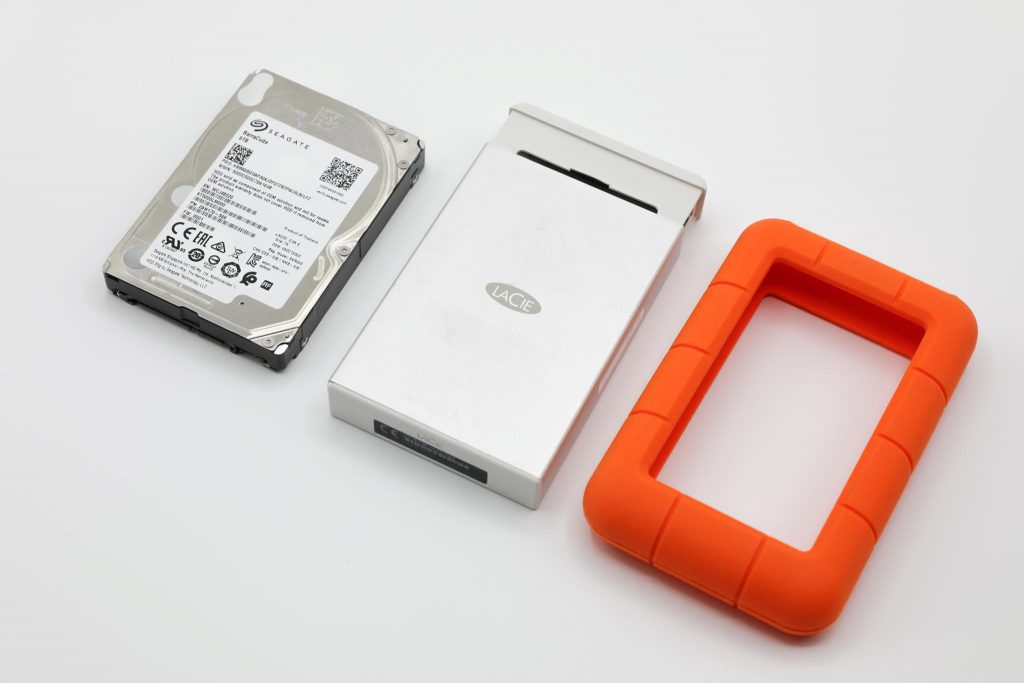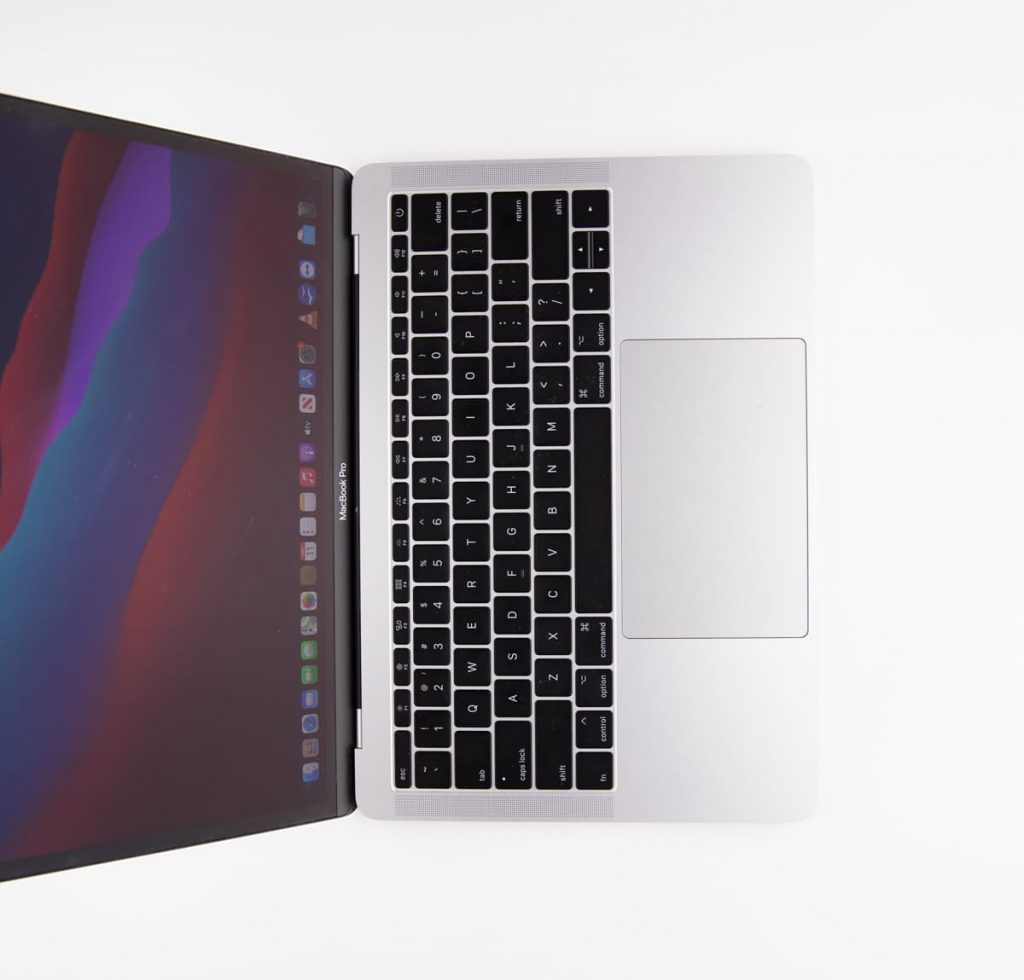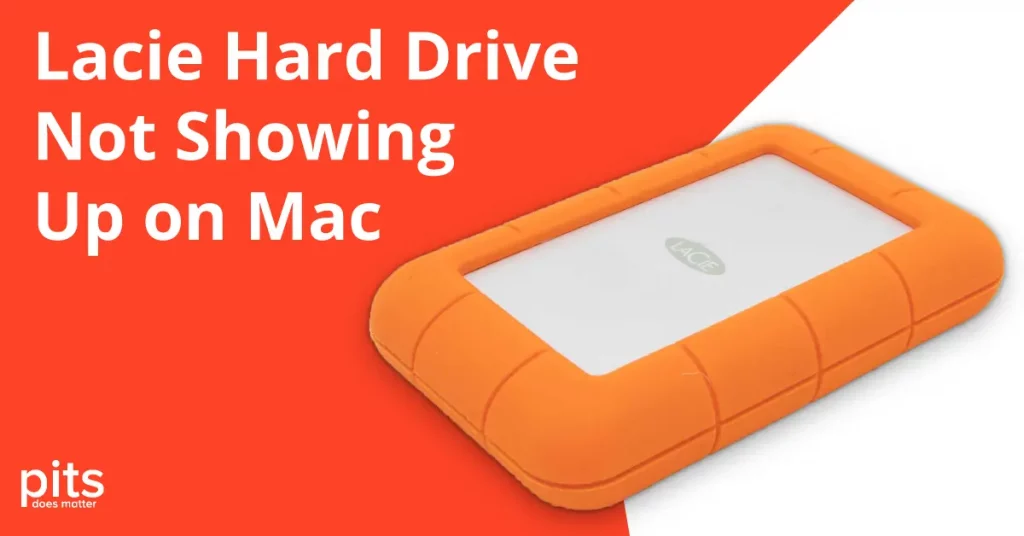Encountering the frustration of a Lacie drive not showing up on your Mac can be a perplexing experience, disrupting your workflow and potentially jeopardizing valuable data. In this troubleshooting guide, we’ll navigate through common issues and step-by-step solutions to restore the connectivity between your Lacie drive and Mac.
From cable checks to advanced troubleshooting techniques, this guide aims to empower you with the knowledge to diagnose and resolve the issue efficiently, ensuring your Lacie drive becomes seamlessly accessible once again. Let’s dive into the solutions and reclaim control over your storage experience.
Lacie Drive Not Showing Up on Mac Possible Causes
Several potential causes exist for a Lacie drive not showing up on your Mac. Some of the most common reasons include faulty cables, outdated drivers, software conflicts, and hardware malfunctions. Issues with the Mac’s operating system or specific settings can also contribute to the problem. Understanding these possible causes can help you narrow your troubleshooting efforts and find the appropriate solution for your particular scenario.
1. Connection issues
The first and most obvious cause to check is the connection between your Lacie drive and Mac. Start by checking if the cable is securely connected at both ends, ensuring no loose connections or damage to the cable itself. If using a USB-C or Thunderbolt interface, ensure it’s fully plugged in and not obstructed by debris.
USB or Thunderbolt cable problems
Apart from connectivity, the cable itself might be the culprit. USB or Thunderbolt cables may suffer from wear and tear over time, leading to a malfunctioning connection.
Try using a different cable you know works properly to confirm if the issue is related to the cable. Remember, using a cable compatible with your Lacie drive and Mac is crucial.

"*" indicates required fields
Port issues on the Mac
Even with a perfectly functioning cable, issues might occur if the port on your Mac isn’t working as expected. Dust, debris, or physical damage could hinder connectivity. Try connecting your Lacie drive to a different port on your Mac to test if the port is the problem. If your Lacie drive is still not showing up, it might indicate a more complex issue, which could require advanced troubleshooting techniques.
2. Power-related problems
Checking the Drive’s Power Source
Verifying Power Cable Integrity
3. Drive issues
Hardware malfunctions or issues with the Lacie drive can also cause it not to appear on your Mac. Before concluding that your Lacie drive is faulty, try connecting it to a different device. If the drive appears and functions correctly, the issue might be specific to your Mac. However, if the Lacie drive still doesn’t appear on any device, you likely have a defective drive. Consider replacing your Lacie with a new one to restore functionality.
Drive not formatted for macOS
One common reason for a Lacie drive not showing up on your Mac is that the drive is not formatted for macOS. Macs use a specific file system known as HFS+ or APFS. If your Lacie drive is formatted with a Windows-specific file system like NTFS, your Mac may not recognize it. You can check the drive’s formatting by connecting it to a Windows PC and looking at the properties.

If the formatting is the issue, back up any data on the drive, reformat it to a Mac-compatible file system using Disk Utility on your Mac, and then restore your data.
Drive letter conflicts
Sometimes, drive letter conflicts can cause a Lacie drive not to appear on a Mac. This typically happens when the drive letter assigned to your Lacie drive by the Mac’s operating system is already in use by another storage device. Although Macs don’t use drive letters in the same way as Windows, resource conflicts can still occur. To resolve this, you can reset the System Management Controller (SMC) on your Mac, which manages the allocation of resources and can help clear up any potential conflicts.
Lacie not showing up on Mac - Troubleshooting
If none of the above solutions work, don’t worry. You can try additional troubleshooting techniques to get your Lacie drive to appear on your Mac. A crucial step to ensuring the visibility of your Lacie drives on your Mac is verifying the drive’s format compatibility with macOS. As mentioned earlier, Macs use a unique file system, usually HFS+ or APFS. Drives formatted with incompatible file systems, such as NTFS (commonly used by Windows), may not be recognized by macOS.
To verify the format of your Lacie drive, connect it to a Windows computer, navigate to the drive’s properties, and look for the File System. If it is not listed as HFS+ or APFS, you must reformat the drive using the Disk Utility on your Mac.
Formatting the Drive using Disk Utility
First, to format your Lacie drive, ensure you back up any data you may need, as the formatting process will erase all data on the drive. After providing your data is safely backed up, follow the steps below:
1. Mount the Drive
Connect your Lacie drive to your Mac.
2. Access Disk Utility
Open 'Disk Utility' by navigating to Applications > Utilities > Disk Utility.
3. Choose Drive From Side Panel
Select your Lacie drive from the side panel in the Disk Utility window.
4. Select Erase Tab
Click on the 'Erase' tab at the top of the Disk Utility window.
5. Pick Right Format
In the 'Format' dropdown menu, select either 'APFS' or 'Mac OS Extended (Journaled),' depending on your needs. If unsure, 'Mac OS Extended (Journaled)' is a safe default choice.
6. Give A Name
Provide a name for your drive in the 'Name' field.
7. Format The Device
Click on the 'Erase' button to start the formatting process.
Once completed, your Lacie drive should be formatted for macOS and appear on your Mac.
Lacie External Hard Drive not Showing Up - Advanced Troubleshooting
You can try advanced troubleshooting if none of the above fixes have resolved the issue. This involves using terminal commands for disk repair and checking software updates and driver issues.

Terminal Commands for Disk Repair
Access Terminal
Open Terminal on your Mac. You can find it by going to Applications > Utilities > Terminal.
Select Connected Drivers
Once the Terminal window is open, type `diskutil list` and press Enter. This will display a list of all connected drives and their respective identifiers.
Identify Drive
Identify your Lacie drive in the list and note down its identifier.
Repair Disk
To repair the disk, type `diskutil repairDisk [drive identifier]`, replace [drive identifier] with the identifier noted in the previous step, and press Enter.
Verifying and fixing file system errors
- Using the same Terminal window, type `diskutil verifyDisk [drive identifier]` and press Enter. This will verify if there are any file system errors.
- If errors are found, type `diskutil repairVolume [drive identifier]` and press Enter. This will attempt to repair the file system errors.
Software Updates and Driver Checks
- Open the Apple menu and choose ‘About This Mac’.
- Click the ‘Software Update’ button to check for updates. If any are available, follow the on-screen instructions to install them.
Checking for and updating Lacie drive-specific drivers or firmware:
- Visit the official Lacie support website.
- Locate and download the latest drivers or firmware compatible with your Lacie drive model.
- Follow the instructions provided by Lacie to install the updated drivers or firmware.
By following these advanced troubleshooting steps, you may be able to resolve the issue and get your Lacie drive to show up on your Mac. However, if the problem persists, consulting with a professional or contacting Lacie’s customer support may be prudent for further assistance.
Professional Assistance for Lacie Hard Drive not Showing Up on Mac
If none of the abovementioned methods restore your Lacie drive functionality, it may be time to seek professional assistance. PITS Global Data Recovery Services is highly skilled in handling such issues. Recipient of numerous industry accolades, PITS Global has a proven track record, demonstrating an ability to recover data from many storage devices, including Lacie drives.
You can contact us for a professional consultation, and rest assured of their commitment to handling your data with the utmost care and privacy. Trying too many self-help methods may inadvertently exacerbate the issue, making LaCie data recovery more challenging. It’s best to contact professionals like PITS Global Data Recovery Services when you encounter an unresolved problem.
Frequently Asked Questions
Why is my Lacie not showing up?
If your Lacie drive is not showing up on your Mac, it could be due to various reasons, such as drive letter conflicts, incompatible file system formats, and software or driver issues. By following the step-by-step troubleshooting techniques outlined in this guide, you may be able to resolve the issue and get your Lacie drive to appear on your Mac again. However, if the problem persists, seeking professional assistance is recommended to avoid any potential data loss.
What should you do if Lacie's disk is not showing up on Mac?
If your Lacie disk is not appearing on your Mac, try troubleshooting by checking the drive format, updating relevant software, or using Terminal commands for disk repair. If these measures are unsuccessful, it is recommended that you consult with a data recovery professional or contact Lacie’s customer support for further assistance.
How to ensure the Lacie drive is compatible with your Mac?
To ensure the Lacie drive is compatible with your Mac, one of the simplest ways is to check the format of the drive. Macs usually utilize HFS+ or APFS file systems. If your Lacie drive is formatted with an incompatible file system such as NTFS, which is common with Windows, it may not be recognized by macOS. You can verify the drive format on a Windows computer or reformat it using Mac’s Disk Utility to a compatible file system.
What can cause a Lacie drive to stop working on a Mac?
Several factors can cause a Lacie drive to stop working on a Mac. These include drive letter conflicts, software or driver issues, incompatible file system formats, or even physical damage to the drive. Different troubleshooting techniques can be applied depending on the issue, from simply reformatting the drive to running disk repair commands through Terminal or checking for updated software and drivers. If these steps do not resolve the issue, it may be necessary to seek professional assistance.
